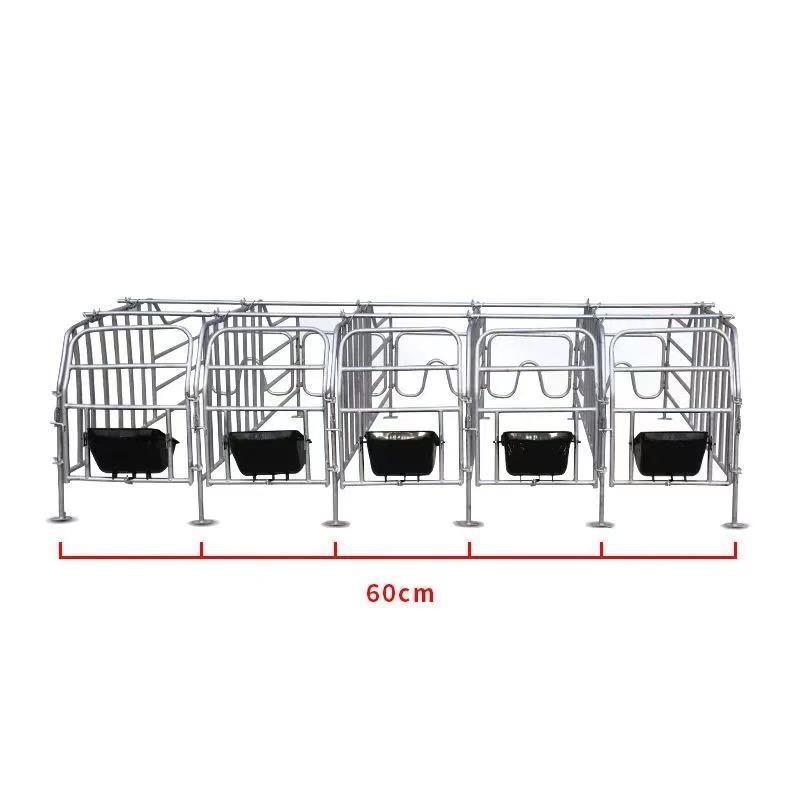Animal Feed Pellet Machine for Efficient Livestock Nutrition and Production
Oct . 21, 2024 18:49 Back to list
Animal Feed Pellet Machine for Efficient Livestock Nutrition and Production
The Importance of Pellet Machines in Animal Feed Production
In the world of animal husbandry, the quality and form of feed play a crucial role in the health and productivity of livestock. One innovative solution that has gained popularity in recent years is the use of pellet machines for producing animal feed. These machines not only improve feed efficiency but also enhance the overall nutritional value of the feed. This article aims to explore the significance of pellet machines in the animal feed industry, their operation, and the benefits they offer to farmers and animal producers.
Understanding Pellet Machines
Pellet machines, often referred to as pellet mills, are specialized devices designed to compress raw materials into compact pellets. The process typically involves grinding the raw ingredients—such as grains, vegetables, fish meal, and other nutritious additives—into a fine powder. This powder is then subjected to heat and pressure in the machine, causing it to form uniform pellets of a specific size and shape. The compact form of the feed not only makes it easier to handle and store but also maximizes its digestibility for animals.
Why Use Pelleted Feed?
1. Enhanced Nutritional Value Pelletizing feed can improve its nutritional profile. The high temperature during the pelleting process can help in the breakdown of anti-nutritional factors present in raw materials, making essential nutrients more bioavailable. Additionally, the process can destroy harmful bacteria and pathogens, promoting better health among livestock.
2. Improved Feed Efficiency Animals tend to consume pellets more readily than loose feed. The uniform size and texture of pellets can lead to better feed intake, enhanced growth rates, and increased weight gain. Research has shown that pelleted feed can lead to improved feed conversion ratios, meaning animals require less feed to achieve the same weight gain compared to traditional meal feeds.
3. Reduced Waste Pelleted feed often results in less wastage compared to traditional feeds. Loose feed can easily be scattered or soiled, leading to substantial losses. Pellets are more durable and can withstand handling, transportation, and environmental factors, ensuring that more of the feed reaches the animals.
pellet machine animal feed

4. Convenience and Storage Pelletized feed takes up less space and is easier to store than bulk feed. This is particularly beneficial for farmers with limited storage facilities. Furthermore, pelleted feed can be conveniently dispensed in feeding systems, reducing labor costs and minimizing the risk of mold growth in stored feed.
5. Customizable Formulations Pellet machines allow farmers to create customized feed formulations tailored to the specific nutritional needs of their animals. Whether raising poultry, swine, cattle, or aquaculture species, producers can adjust the ingredients in the pellet to meet the dietary requirements of different animals at various life stages.
The Operational Aspects of Pellet Machines
Investing in a pellet machine represents a significant step towards improving feed production efficiency. When selecting a machine, it is essential to consider factors such as production capacity, energy consumption, and ease of operation. Modern pellet mills come with advanced features like variable speed controls, integrated conditioners for steam treatment, and simple control panels for user-friendly operation.
Maintenance is also a critical aspect of keeping pellet machines in optimal working condition. Regular cleaning, lubrication of moving parts, and replacing worn-out dies and rollers can help extend the machine's lifespan and ensure consistent production quality.
Conclusion
The advent of pellet machines in the animal feed industry has revolutionized the way feed is produced and consumed. By converting raw ingredients into high-quality pellets, these machines offer myriad benefits, including improved nutrition, enhanced feed efficiency, reduced wastage, and greater convenience for farmers. As the global demand for animal protein continues to rise, investing in a pellet machine represents a forward-thinking approach for producers looking to optimize their feed production processes, ensure the health of their livestock, and ultimately increase profitability. Embracing this technology could be a pivotal move in the quest for sustainable and efficient animal agriculture.
-
Hot Sale 24 & 18 Door Rabbit Cages - Premium Breeding Solutions
NewsJul.25,2025
-
Automatic Feeding Line System Pan Feeder Nipple Drinker - Anping County Yize Metal Products Co., Ltd.
NewsJul.21,2025
-
Automatic Feeding Line System Pan Feeder Nipple Drinker - Anping County Yize Metal Products Co., Ltd.
NewsJul.21,2025
-
Automatic Feeding Line System - Anping Yize | Precision & Nipple
NewsJul.21,2025
-
Automatic Feeding Line System - Anping Yize | Precision & Nipple
NewsJul.21,2025
-
Automatic Feeding Line System-Anping County Yize Metal Products Co., Ltd.|Efficient Feed Distribution&Customized Animal Farming Solutions
NewsJul.21,2025






